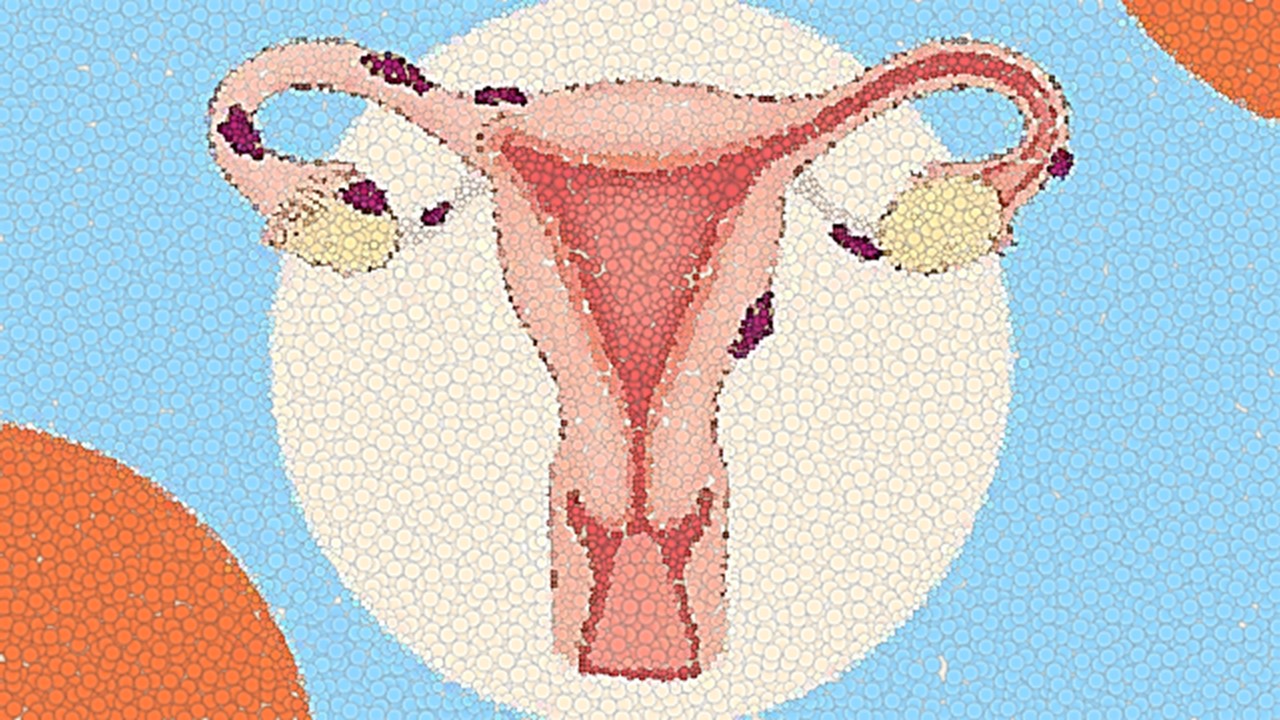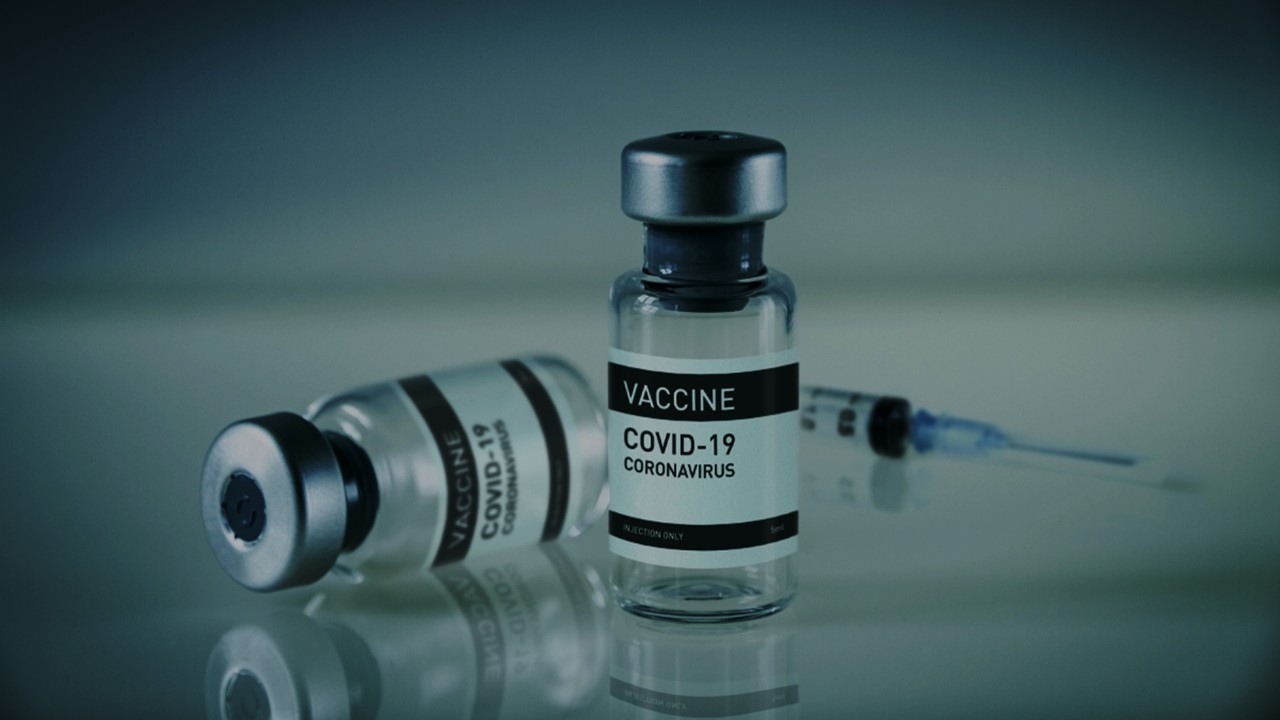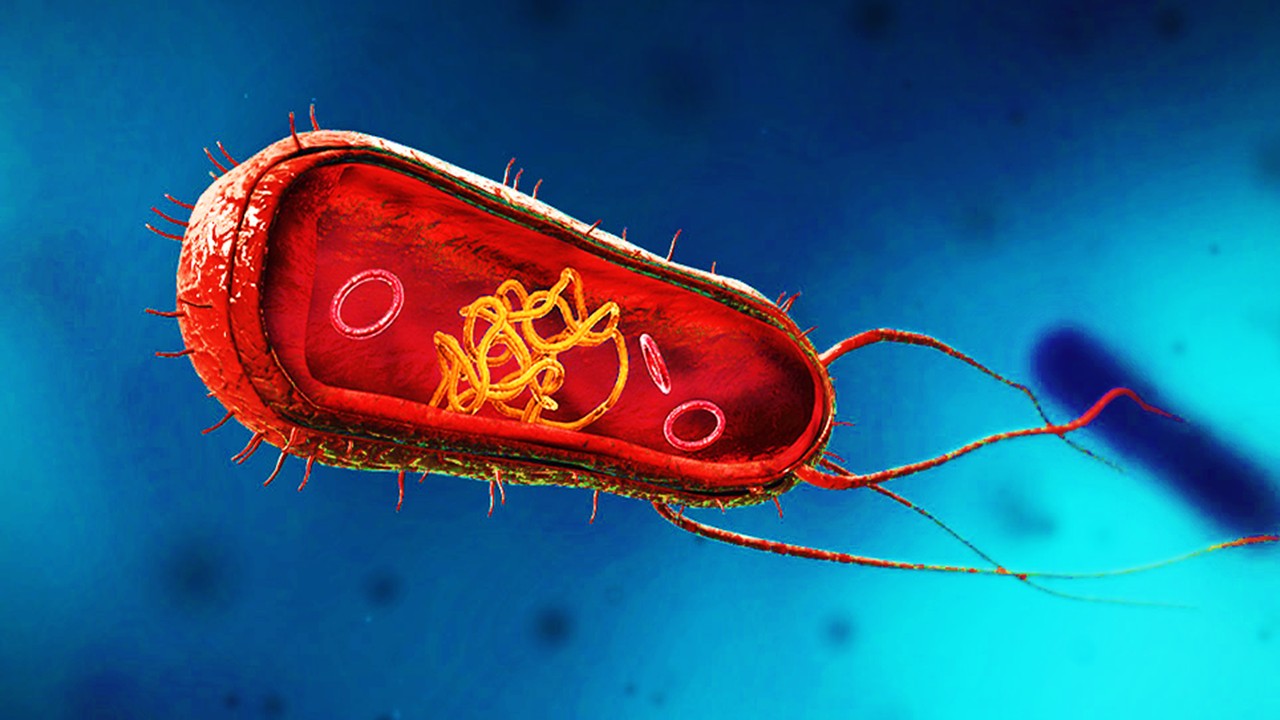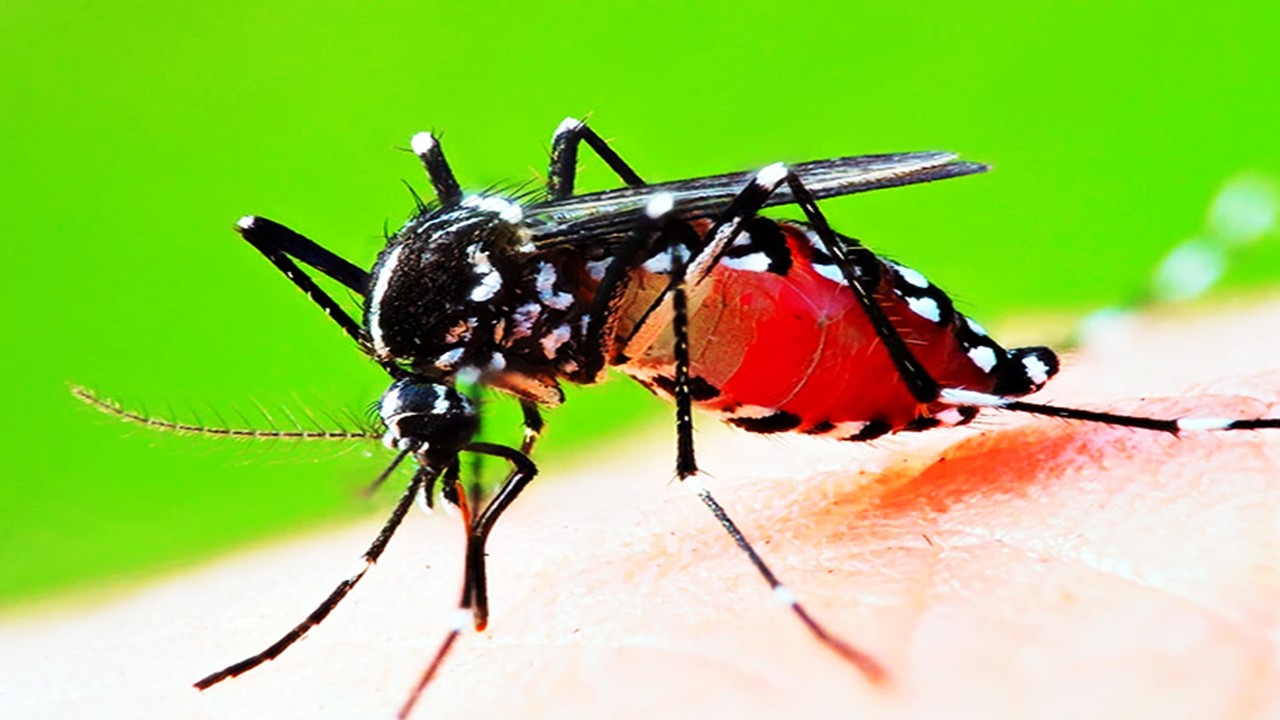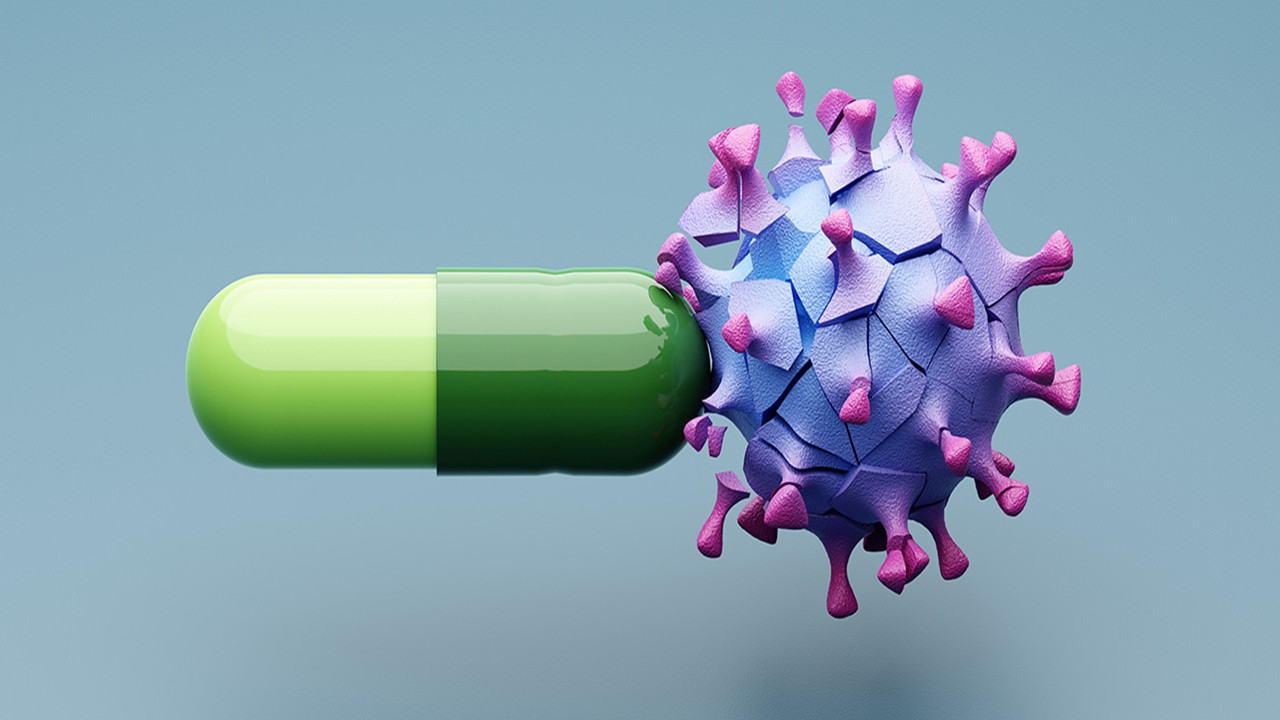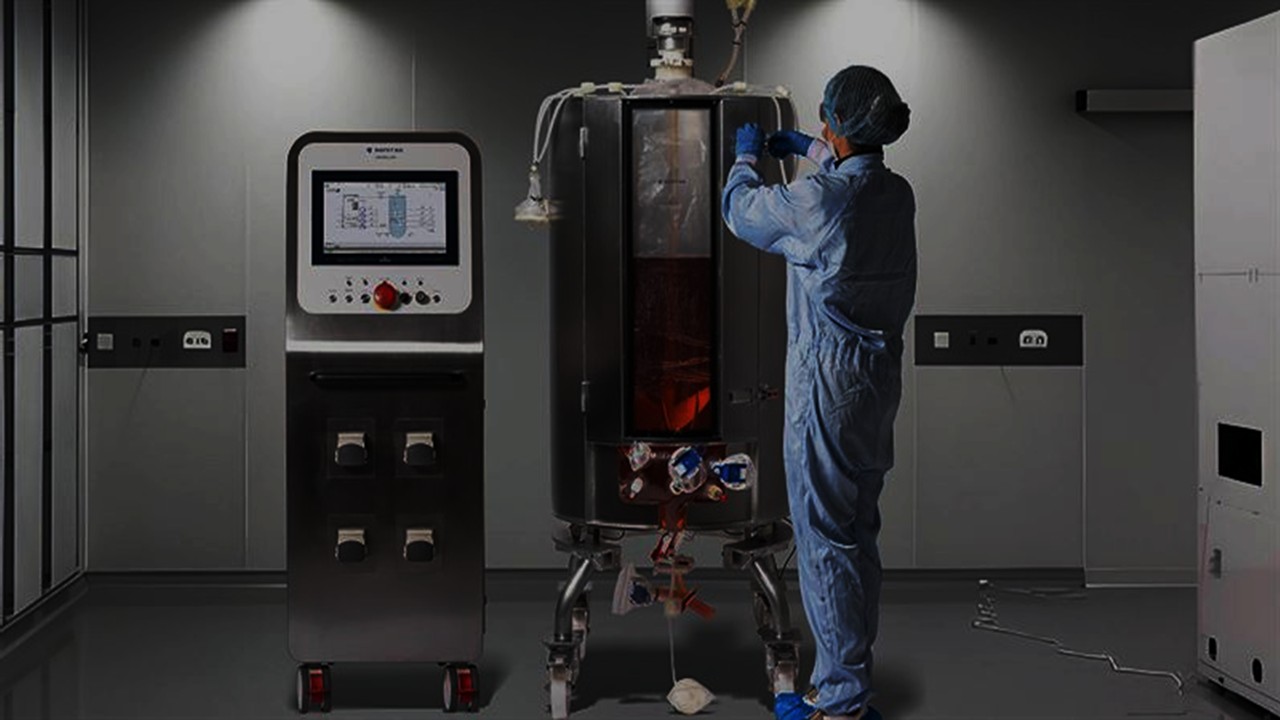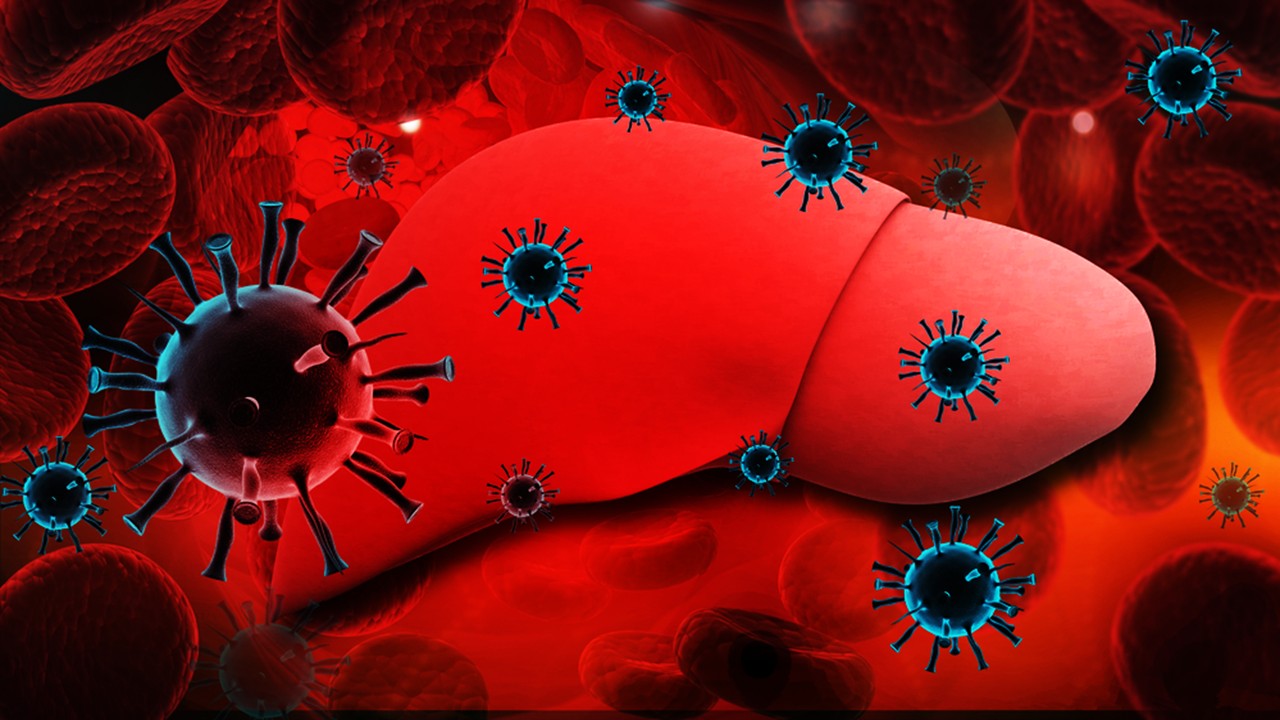Unraveling the Enigma of Autism with Brain Organoids
Autism spectrum disorder (ASD) is one of the most complex neurodevelopmental conditions, affecting brain function in ways that remain largely unexplained. While researchers have identified numerous genetic and environmental risk factors, a clear biological mechanism has remained elusive. The challenge stems from the immense heterogeneity of ASD, where no single mutation or environmental factor accounts for the majority of cases.
A breakthrough study has now leveraged advanced three-dimensional (3D) brain organoids—miniature, self-organizing neural structures grown from induced pluripotent stem cells (iPSCs)—to investigate the underlying neurodevelopmental disruptions in individuals with severe, idiopathic ASD. The findings suggest that a dysregulation in the transcription factor FOXG1 leads to an imbalance between excitatory and inhibitory neurons, providing a compelling explanation for some of the disorder’s core features. These results offer new insights into ASD’s developmental origins and highlight potential avenues for therapeutic intervention.
From Genetic Chaos to a Common Neurodevelopmental Pathway
Despite decades of research, the genetic basis of ASD has remained frustratingly complex. While some rare, high-impact mutations have been linked to syndromic forms of ASD, these account for only a small fraction of cases. For most individuals, no single genetic anomaly appears to be the root cause. Instead, ASD likely arises from a confluence of subtle genetic variations and disrupted developmental pathways.
To untangle this complexity, researchers turned to iPSC-derived organoids, generated from families with at least one member affected by severe ASD. The goal was to reconstruct early human brain development in a controlled laboratory setting, allowing researchers to examine neurogenesis, synapse formation, and cellular differentiation in real-time. Transcriptomic and cellular analyses of these organoids revealed striking patterns: ASD-derived neural cultures displayed accelerated cell cycles, an overproduction of inhibitory GABAergic neurons, and altered synaptic assembly. These disruptions pointed to an underlying regulatory factor that was pushing neurodevelopment off course.
Surprisingly, despite the absence of identifiable genomic mutations linked to ASD in these individuals, one transcription factor stood out—FOXG1. This gene, crucial for early brain development, was significantly overexpressed in ASD-derived organoids. The overactivity of FOXG1 appeared to drive an overcommitment of neural progenitor cells toward an inhibitory fate, leading to an excess of GABAergic neurons at the expense of excitatory glutamatergic neurons.
Accelerated Neural Development: A Double-Edged Sword?
One of the most unexpected findings in ASD-derived organoids was the accelerated cell cycle in neural progenitors. Under normal conditions, developing neurons follow a tightly regulated timeline, ensuring a balanced production of excitatory and inhibitory neurons. However, in ASD-derived cultures, progenitor cells progressed through their divisions more rapidly, producing an excess of certain neuron types in a compressed time frame.
This rapid cycling was most pronounced in cells destined to become inhibitory interneurons. By the time these neurons reached maturity, the balance between excitatory and inhibitory populations was skewed, mirroring a long-standing hypothesis in autism research: the excitatory/inhibitory imbalance hypothesis. This theory posits that an overabundance of inhibitory GABAergic neurons—relative to excitatory glutamatergic neurons—disrupts normal cortical network activity, potentially leading to the sensory processing difficulties, repetitive behaviors, and social impairments characteristic of ASD.
Notably, this accelerated development appeared to be linked directly to FOXG1 overexpression. When FOXG1 levels were experimentally reduced using RNA interference, the abnormal proliferation rates and neuronal imbalances were largely corrected. This finding underscores FOXG1’s role as a master regulator of neural differentiation, acting as a molecular switch that determines the developmental fate of cortical neurons.
The Cortical Landscape: Disruptions in Neural Wiring
Beyond changes in cell proliferation and fate specification, ASD-derived organoids also exhibited excessive synaptic growth and increased neuronal connectivity. While synaptic dysfunction has long been implicated in ASD, previous research has suggested conflicting interpretations—some studies point to synaptic deficits, while others indicate synaptic overgrowth.
The current study supports the latter, demonstrating that ASD organoids develop hyperconnected neural networks with an overabundance of inhibitory synapses. This aligns with postmortem studies of ASD brains, which have revealed an increase in dendritic spine density, suggesting that neural circuits may be excessively wired during early development. In ASD-derived organoids, the upregulation of synaptic adhesion molecules—including NRXN1, NRXN2, and NLGN1—further suggests that enhanced synaptic connectivity is a core feature of ASD pathophysiology.
Interestingly, these findings challenge the prevailing view that ASD is purely a disorder of synaptic deficiency. Instead, they suggest that the problem may lie in overgrowth and miswiring, leading to excessive inhibitory signaling that disrupts normal cortical processing. This raises the possibility that targeted interventions aimed at rebalancing excitatory and inhibitory synaptic function could offer therapeutic benefits.
FOXG1: A Key to Autism’s Neural Overgrowth?
The identification of FOXG1 as a central player in ASD pathology represents a significant advance in understanding the disorder’s developmental roots. FOXG1 is known to play a critical role in early telencephalic patterning, influencing cortical size and neuronal subtype specification. Mutations in this gene have been linked to Rett syndrome, a neurodevelopmental disorder with overlapping symptoms with ASD. However, while loss-of-function FOXG1 mutations lead to microcephaly and severe intellectual disability, the current study suggests that overexpression of FOXG1 may drive the opposite phenotype—macrocephaly and ASD-like traits.
Macrocephaly, or increased head size, is one of the most consistent anatomical features observed in ASD, particularly in severe cases. The study found that higher FOXG1 expression levels correlated with increased head circumference and greater ASD symptom severity, further cementing the gene’s role in modulating brain growth. The findings suggest that deviations in FOXG1 levels—whether too high or too low—can have profound consequences on brain development, leading to distinct but equally debilitating neurodevelopmental disorders.
The link between FOXG1 and macrocephaly in ASD raises important questions about whether pharmacological interventions targeting this pathway could help modulate brain growth trajectories in affected individuals. While speculative, these findings open new avenues for exploring therapeutic strategies aimed at fine-tuning neural differentiation and synaptic connectivity in ASD.
Towards a New Paradigm: Organoids as a Window into ASD
This study underscores the power of brain organoids as an investigative tool for neurodevelopmental disorders. Unlike animal models, which often fail to capture the human-specific features of ASD, organoids provide a human-relevant platform for studying early brain development in unprecedented detail. By reconstructing neural differentiation pathways from patient-derived cells, researchers can directly observe how genetic and molecular alterations shape the developing cortex.
Beyond ASD, this approach holds promise for understanding a wide range of neurodevelopmental conditions, from schizophrenia to epilepsy. The ability to manipulate key transcription factors, such as FOXG1, in a controlled setting provides an opportunity to identify molecular targets for intervention, paving the way for personalized medicine approaches tailored to individual genetic and developmental profiles.
A Step Closer to Cracking Autism’s Code
For decades, ASD research has been hampered by the sheer complexity of the disorder—its diverse genetic origins, variable phenotypic presentations, and lack of reliable biomarkers. The discovery that FOXG1 overexpression drives neural imbalance in ASD-derived organoids represents a crucial step toward unraveling this mystery. By demonstrating that a single transcription factor can shape the developmental trajectory of the autistic brain, this study provides a compelling molecular framework for understanding the disorder.
These findings also offer a glimmer of hope: if FOXG1 overexpression can be modulated, either genetically or pharmacologically, it may be possible to correct the neurodevelopmental imbalances underlying ASD. While much work remains to be done, this study marks a turning point in autism research—shifting the focus from static genetic mutations to dynamic developmental processes, and bringing us closer than ever to understanding what makes the autistic brain unique.
Study DOI: https://doi.org/10.1016/j.cell.2015.06.034
Engr. Dex Marco Tiu Guibelondo, B.Sc. Pharm, R.Ph., B.Sc. CpE
Editor-in-Chief, PharmaFEATURES

Subscribe
to get our
LATEST NEWS
Related Posts
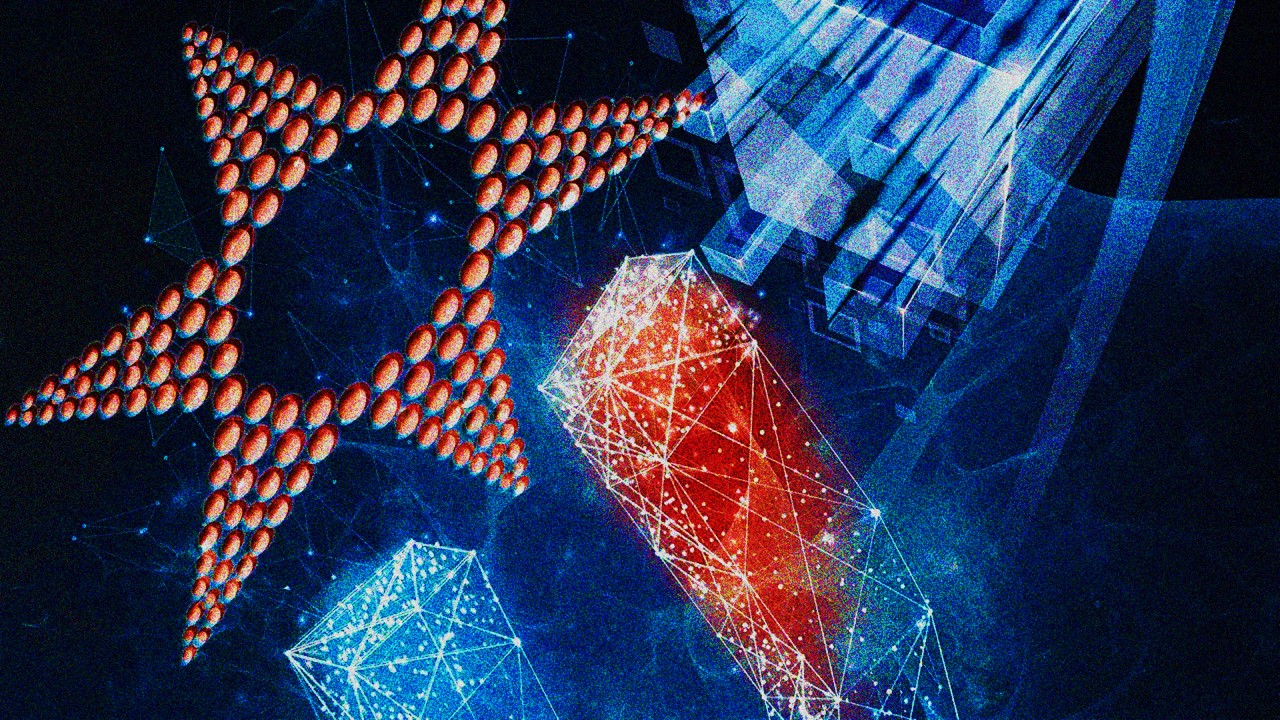
Pathophysiology & Experimental Medicine
Adaptive Interactions: How Stimuli-Responsive Materials Revolutionize Cellular Studies
Stimuli-responsive materials revolutionize cellular dynamics research by replicating ECM adaptability, unlocking insights into cell behavior and regulation.

Pathophysiology & Experimental Medicine
Eternal Lip Layers: Unlocking the Human Keratinocyte Potential
The lips, long celebrated for their role in communication and aesthetics, now stand at the forefront of scientific innovation.
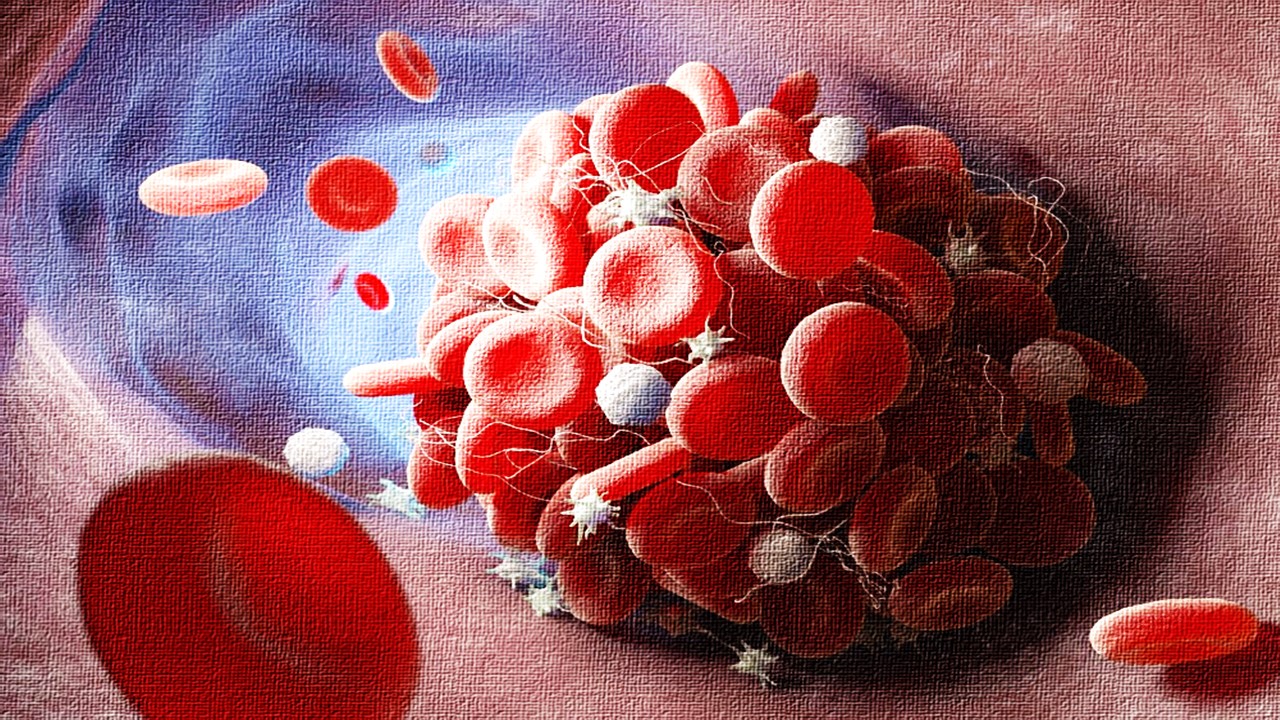
Pathophysiology & Experimental Medicine
Thrombosis-Free Surfaces: Preventing Blood Clot Formation on Medical Implants Through Selective Protein Interactions
The synthesis and mechanisms of SPI coating are explored, evaluating its potential to overcome the limitations of traditional antifouling surfaces.
Read More Articles
Mini Organs, Major Breakthroughs: How Chemical Innovation and Organoids Are Transforming Drug Discovery
By merging chemical innovation with liver organoids and microfluidics, researchers are transforming drug discovery into a biologically precise, patient-informed, and toxicity-aware process.
Tetravalent Vaccines: The Power of Multivalent E Dimers on Liposomes to Eliminate Immune Interference in Dengue
For the first time, a dengue vaccine candidate has demonstrated the elusive trifecta of broad coverage, balanced immunity, and minimal enhancement risk,




